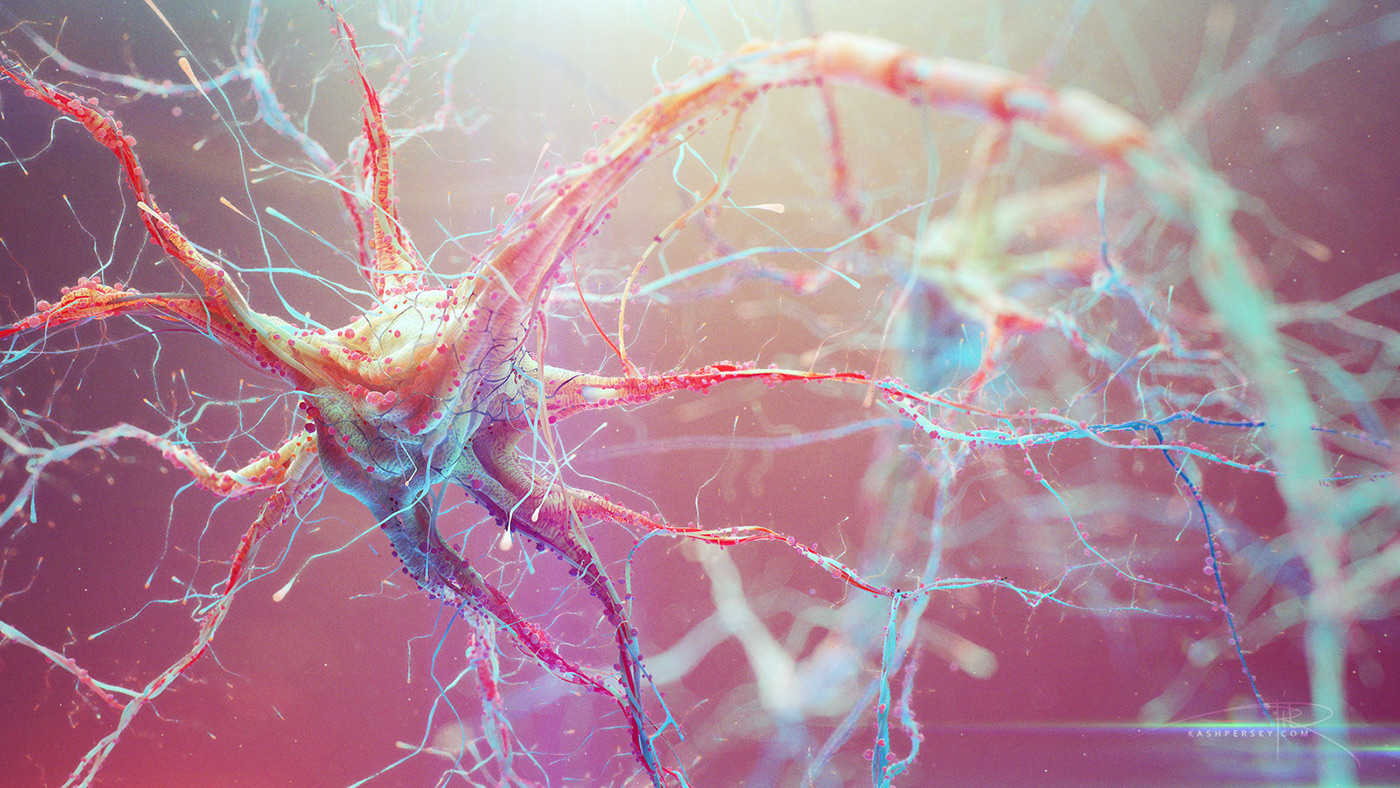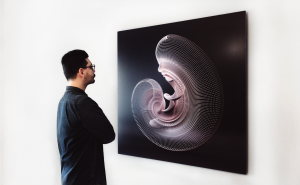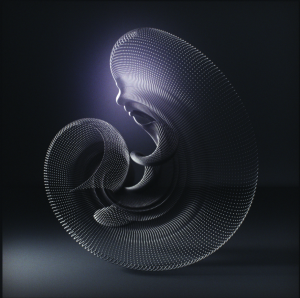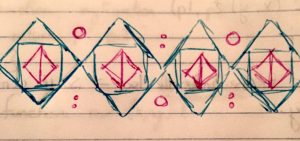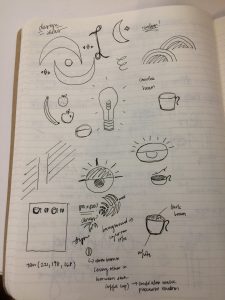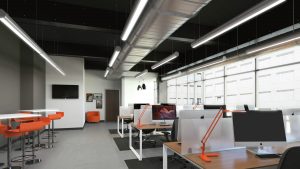
Render of the office space
Photograph of the office space
As an architecture student, making digital renderings is common. From this article, I found out that clients feel that they cannot trust the digital renderings because it “lacks realism”. In this article, one digital rendering and a photo of the actual space was being compared. This comparison showed that the digital renderings can be an inaccurate representation of the actual space created. Most of the time, the 3D computer graphic photos focus on artistic values of the render rather than the creating realistic experiential render. Even when architects are making renders of their work, they use programs like Revit, ElumTools and Sefaira which allow them to calculate light and other factors that they have to take into account. However, because there are some factors that cause renders to look different or make something different, clients should understand and try to understand the essence of the renders instead of focusing on exact replica. Rendering programs like Revit helps see both the architect and client the gist of what the space is going to be. I think it’s very helpful and useful for both sides to understand the space. Through the renders created by the architects, clients can see what the architects focused on and deem important.
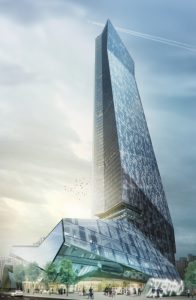
Render of Hanking Center Tower in Shenzhen by Morphosis Architects
Render
![[OLD – FALL 2016] 15-104 • COMPUTING for CREATIVE PRACTICE](../../../../wp-content/uploads/2020/08/stop-banner.png)
